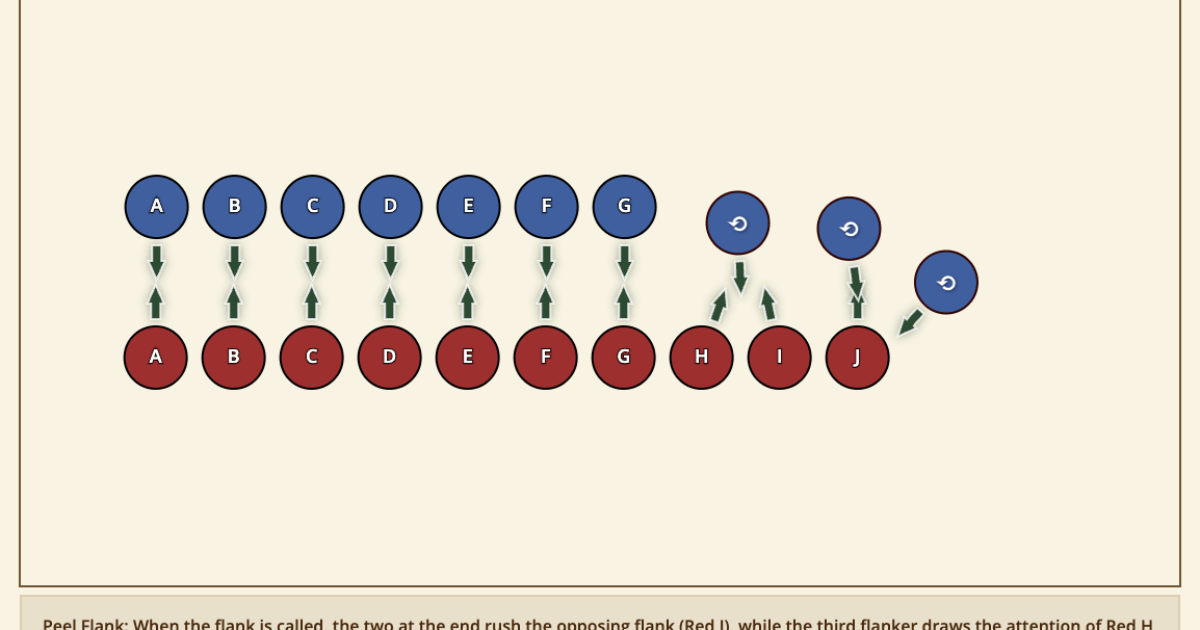Fencing is a combat sport and you will be using metal weapons, but we aren’t trying to kill each other. It’s like playing tag with big metal sticks. Unfortunately, there is always the potential to hit someone harder than you intend and really hurt them. This highlights the importance of training how to gauge and break your shots so that you can control the kind of force you’re directing towards your fellow fencers.
There are two main methods of addressing hard shots. You can either “gauge” or “break” your shot. Gauging is taking into account what is happening in the fight and adjusting accordingly. This effort goes into preventing hard shots before they happen. Breaking is when you realize a hard shot is about to happen and you do your best to divert the energy of the shot somewhere else. This is our reaction when a hard shot occurs. Ideally, you should focus on preventing hard shots but always be ready to break them when it inevitably happens.
Points of safety
Gauging and breaking your shots can be one of the first big hurdles in learning to control yourself as you fight. It becomes easier with time, but it is probably the most common technique of being safe. Other than wearing your gear of course.
- Positive Pressure: You only want to strike with enough pressure that your opponent can feel it through their armor, but not enough to hurt.
- Keep Your Shoulder Out: Your strike comes from the extension of your arm, not your shoulder. As soon as you engage your shoulder the amount of force beyond your shot increases drastically. Try not to wind up your strikes.
- Calibrate: Familiarize yourself with how fast your are striking and how far you are reaching with each strike. If you notice you’re consistently throwing hard shots, take yourself out of the fight and work with another fencer to calibrate your shots.
General Points
These preventative techniques do take time to learn, but they are worth it. Gauging your shots should be your focus, but developing the muscle memory to reflexively break your shots is a very valuable endeavor.
- Gauging Shots: Do everything you can before you land a strike to avoid giving hard shots.
- Aim to Tag: Your goal isn’t to kill your opponent, but to tag them. You don’t have to throw every shot as fast or as hard as you can to achieve that goal.
- Extend Your Arm as Far as You Need: A basic strike is a full extension of your arm, but sometimes you don’t actually have to fully extend. A little jab may be sufficient rather than pushing your shot through your opponent. If your full extension isn’t enough, use your feet instead of leaning.
- Account for Range and Movement: Experience will really help here, but take into account your own range and how you or your opponent is moving. If they are about to pounce, it may not be the best time to throw a committed strike.
- Breaking Shots: Prevention only works until you throw the shot. After that, it’s up to you to break a shot and try to minimize the risk once you realize the shot might land hard.
- Wrist Break: Loosening your wrist and allowing it to bend gives your strike a flexing point to angle into instead of driving straight into your opponent.
- Arm Break: If a Wrist Break isn’t enough, you can bend your elbow and provide a second flexing point to divert the energy.
- Shoulder Break: If two points aren’t enough, you can use your shoulder to pull the shot away or even behind you.
- Recognize and Assume the Best Intention: Hard shots are going to happen. You will give and receive plenty. What’s important is to do your best to recognize when a shot is hard and apologize for it, then try to do better. If you receive one, assume that it was an accident and forgive your fellow fencer. It’s not worth dwelling on.
Training Ideas
- Stab a Surface: Find a hard surface like a pole or a tree and just throw a few shots at it. Pay attention to the impact and try to minimize it as much as possible.
- Move to Strike: Your feet are a great way of moving your shots into position with little risk of heavy impact. Find a target and extend your arm at various amounts and then use your feet to close the distance.
- Hanging Tennis Ball: Hang a tennis ball or something similar from a string and practice striking it. You’ll quickly be able to see how much force was behind your strike by how far the ball goes flying. Aim to minimize.
Assessment
- Think About Safety: Do you understand the difference between “gauging” and “breaking” your shots? Are you comfortable with the process of calibrating your shots and can control how and what you use to strike?
- Knowing the Techniques: There are preventative measures to avoid hard shots. What are they? When you do eventually throw a hard shot, are prepared to break it? How? What is your reaction going to be when you give or receive a hard shot?
- Finding Ways to Improve: Gauging and breaking shots is a constant effort. Do you have a plan on how you can incorporate these techniques into your weekly practice? What areas could you focus on and start working on right now?

